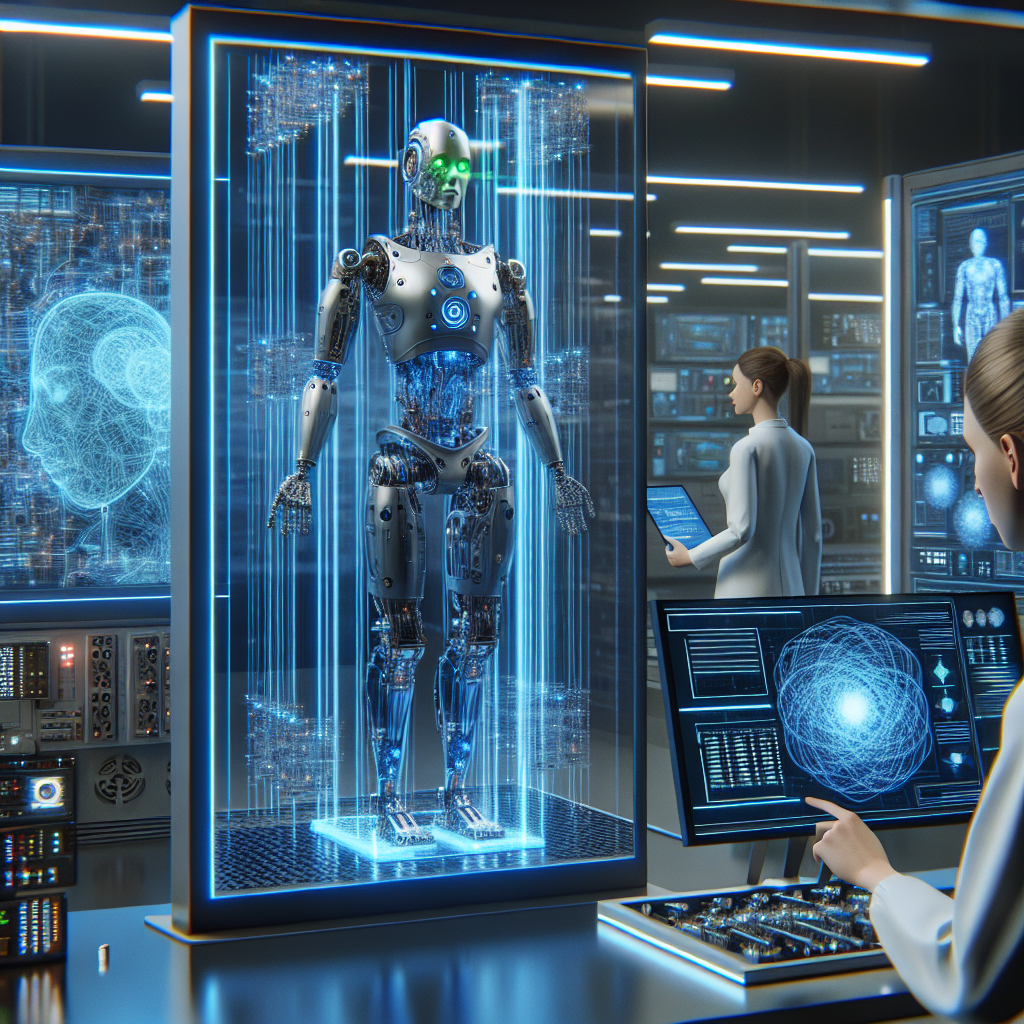Understanding AI and Robotics: Your Questions Answered
Hello there! If you’ve landed here, you’re probably curious about AI and robotics. These fields are rapidly transforming the world around us, and it’s perfectly natural to have a plethora of questions. Let’s dive into some of the most frequently asked questions and unravel these amazing technologies together.
What is the difference between AI and Robotics?
Great question! It’s a common mix-up.
- Artificial Intelligence (AI) refers to the simulation of human intelligence in computers or machines. It’s about creating systems that can perform tasks that typically require human intelligence.
- Robotics, on the other hand, involves designing, building, and operating robots. These machines may or may not use AI to function.
Think of it this way: a robot is the body, and AI is the brain. However, not all robots need AI to work, and AI can exist in non-robotic forms like software applications.
How is AI used in robotics?
Imagine giving robots a “mind.” AI equips robots with the ability to process information, learn from the data, and make decisions. Examples include:
- Navigation: Robots use AI to navigate through complex environments. For instance, self-driving cars rely heavily on AI for route planning and obstacle avoidance.
- Automation: In factories, AI can help robots perform tasks like assembling products with high precision and efficiency.
- Service Robots: AI enables robots to interact with humans in meaningful ways, such as providing customer service in hotels or helping patients in healthcare settings.
Are AI and robots going to take our jobs?
This is a common concern, but let’s consider the full picture.
- AI and robots can take over repetitive, dangerous, and mundane tasks. This not only improves efficiency but also safety and quality of life.
- New jobs are being created thanks to these technologies. Fields like AI development, robot maintenance, and data analysis are booming.
- AI can augment human capabilities, allowing people to focus on more creative, strategic, and empathetic roles that machines can’t replicate.
While some jobs will indeed be transformed, history shows us that technological advancements typically lead to economic shifts rather than massive unemployment. Adaptability and continuous learning are key!
Can robots and AI be trusted?
Trust is vital when it comes to AI and robotics. Here are some key considerations:
- Transparency: Understanding how AI makes decisions can help build trust. Research and regulatory efforts are pushing for more transparent AI systems.
- Reliability: Regular maintenance and testing ensure robots function as expected. AI systems also go through rigorous validation processes.
- Ethics: Ethical guidelines and frameworks are being developed to ensure AI and robotics are used responsibly. Key areas include privacy, fairness, and accountability.
How can I learn more about AI and robotics?
You’re in luck! There are plenty of resources available:
- Online Courses: Platforms like Coursera and edX offer courses on AI and robotics from top universities.
- Research Papers: Websites like arXiv provide access to the latest research papers in these fields.
- Tech News: Stay updated with the latest trends and developments by following tech news on sites like TechCrunch and Wired.
- Meetups and Communities: Joining local or online communities can provide valuable networking opportunities and hands-on experiences.
Final thoughts: AI and robotics are incredibly exciting fields with limitless potential. Embracing these technologies while staying informed will help you navigate their impact on our future.
